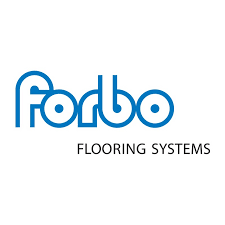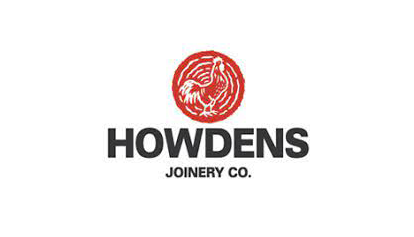
- Dates: 24th to 26th January 2023
- Location: Newcastle
- Cost: £1150.00 + VAT - 2nd delegate half price
- Details
- Parent Category: Courses
- Category: Ratchet Up Performance
This 3 day training workshop sets out how to create Planned Maintenance routines that are robust, quick to develop and easy to apply.
The course content also covers setting standards to support the enhancement of current work instructions to achieve high levels of reliability and removes non value adding routines.
That includes how to engage Engineers with proactively seeking out better ways of completing work routines as well as capturing and sharing lessons learned to enhance asset maintainability.
Learn how to
- Identify failure patterns and appropriate maintenance to combat them
- Determine appropriate tasks and frequencies
- Write precise and unambiguous task instruction
Understand how to
- Set realistic objectives for maintenance tasks
- Define maintenance tactics that are appropriate to the machine, likely failure mode and failure patterns
- Establish practicable maintenance routines
Know how to
- Define and adjust the frequency of maintenance tasks
- Establish and sustain and standards of maintenance
- Produce effective and efficient maintenance tasks
Be able to reduce human error risk, remove non value adding routines and raise maintainability standards.








